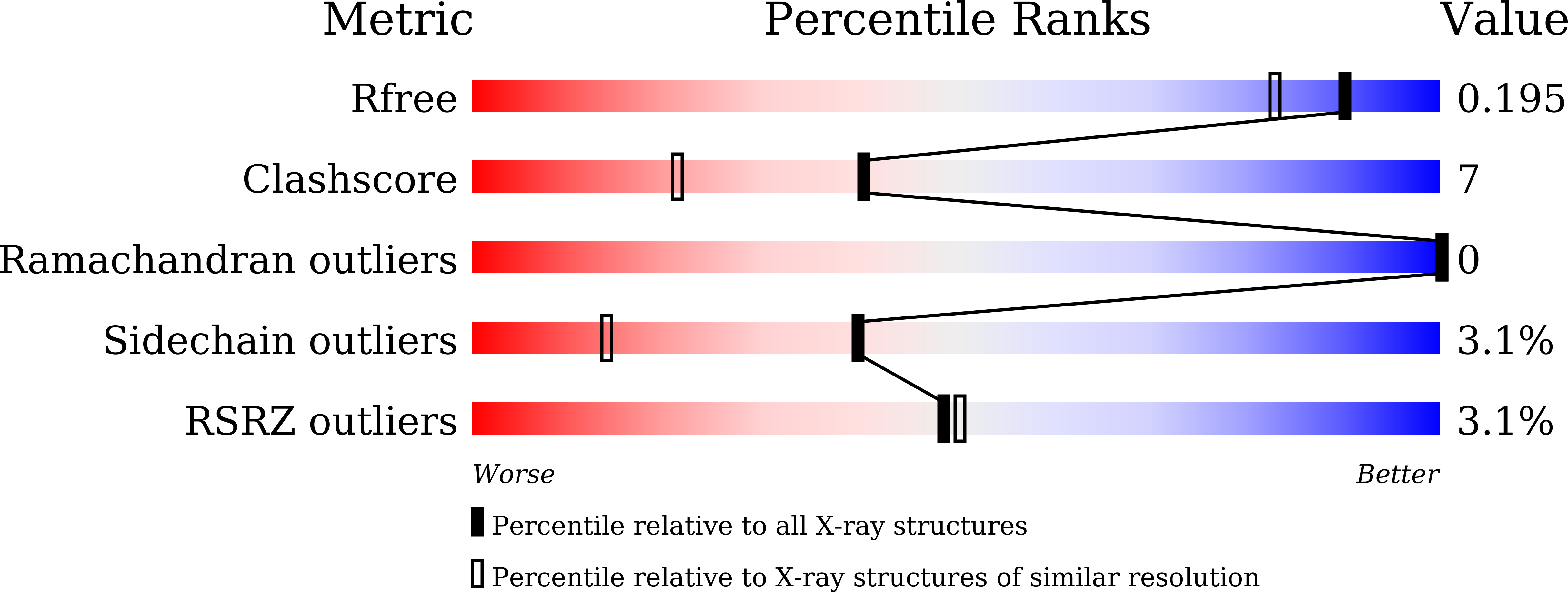
Deposition Date
2020-03-21
Release Date
2020-11-11
Last Version Date
2023-11-29
Entry Detail
PDB ID:
7BP2
Keywords:
Title:
Structural mechanism directing nucleosome reorganization by NAP1-RELATED PROTEIN 1 (NRP1)
Biological Source:
Source Organism:
Arabidopsis thaliana (Taxon ID: 3702)
Host Organism:
Method Details:
Experimental Method:
Resolution:
1.58 Å
R-Value Free:
0.18
R-Value Work:
0.15
R-Value Observed:
0.15
Space Group:
P 31


